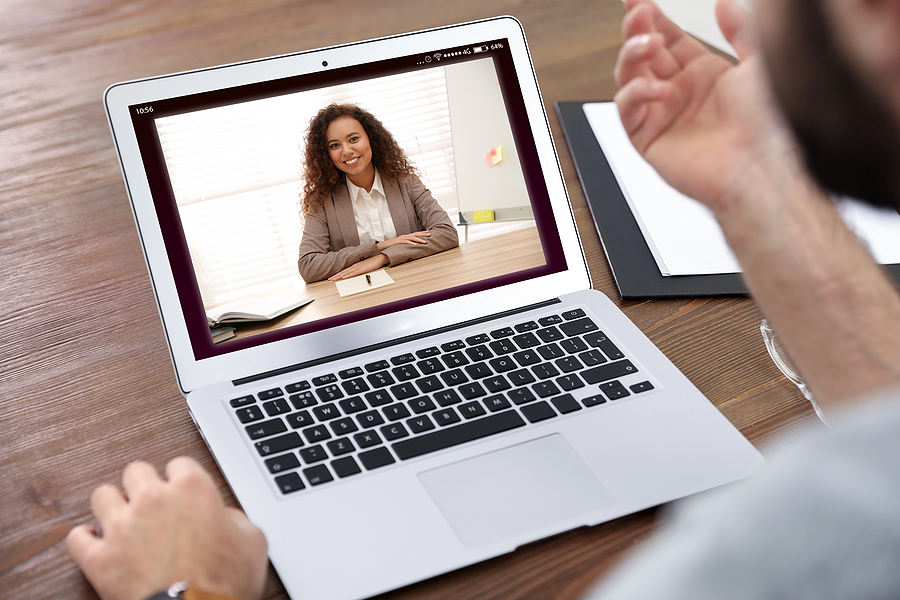Question: What are some tips for interviewing online?
Answer: In a November 2020 article entitled, “Interviewing online: What hasn’t changed, what to adapt and a few benefits of interviewing virtually,” I predicted that, “When this pandemic ends, we may return to interviewing in person, but we are unlikely to totally discard virtual interviews from our hiring tool kit.”
I underestimated the impact of online interviewing. What was a necessity during the pandemic has become a convenient, cost-effective alternative to traditional interviews.
A recent survey found that 82 per cent of employers use virtual interviews and 93 per cent of those plan to continue using them.
The advantages I identified in 2020 of online interviews compared to traditional interviews were primarily the travel-related savings, which can be measured in both time and money.
As online interviewing has become more common, other advantages have become apparent. Organizations can spread a wider net when recruiting because distance is less of a factor. Candidates can also look further afield when searching for suitable vacancies.
Scheduling interviews is easier now that everyone doesn’t have to be in the same physical space. All can participate from their home turf, which most will find more comfortable than being in the interview room.
Of course, as is true with in-person interviews, the spaces from which everyone participates should be quiet and free from distractions, which include cluttered bookshelves and virtual backgrounds. Cellphones and computer alerts should be switched off. All panel members should have what they need for the interview—candidates’ resumes, questions that will be asked and note-taking forms. If you’re interviewing from home, exile children and pets to another part of the house.
Spend time before the interview ensuring that the technology is working. Consider conducting a test interview using the platform, questions and procedures that will be followed during the actual interviews.
Contact candidates to propose a time for the interview. Suggest they participate from a quiet space where they are unlikely to be interrupted.
Prepare them for the interview by advising them of the platform that will be used (Zoom, Microsoft Teams, GoToMeeting, Skype, etc.) and what to expect during the interview. Let them know if they will be interviewed by a panel and provide the job titles of its members.
Decide beforehand who will ask questions and how followup questions will be handled. Suggest that panel members mute themselves when not asking questions.
Remind panel members to treat virtual interviews as they would in-person interviews: dress professionally, resist the urge to multitask, and be aware of your body language and how it might be interpreted by the candidate.
Recognize that life happens. Family members or pets may appear unexpectedly. The technology may fail. Be prepared to quickly switch to a telephone interview by asking candidates in advance for a phone number and providing them with yours.
Follow a similar script during online interviews to what you would use if the interview was being conducted in person. Start the interview by introducing panel members and describing their role in the interview. Let the candidate know who will be asking questions. Consider using screen sharing to list the different components of the interview process: questions about the candidate’s resume, prepared questions, an opportunity for candidates to ask questions, and the wrap up.
Advise candidates that panel members will be making notes, which means that they will be unable maintain eye contact at all times during the interview.
During an in-person interview you might hand the candidate a card with the question on it as you ask it orally. During online interviews, you can use the screen-sharing function to give the candidate the opportunity to read the question as you ask it.
End virtual interviews as you would in-person interviews, by advising the candidate about the timeline for your decision making. Traditionally, this would be a time to provide information about the organization. Tell the candidate that you will email them information about the organization and briefly describe what they can expect to learn from this information before offering the opportunity for them to pose questions.
Online interviews should replicate in-person interviews as much as possible. Ask good questions and listen carefully to the candidates’ responses. Probe to learn more if necessary. Keep notes and base your decisions on what you hear during the interview and during reference checks.
==
Interview Right to Hire Right workshops are an opportunity for participants to develop practices that will serve them well, whether interviewing online or in person. Contact Nelson (nmscott@telus.net or 780-232-3828) to schedule training for members of your leadership team.



